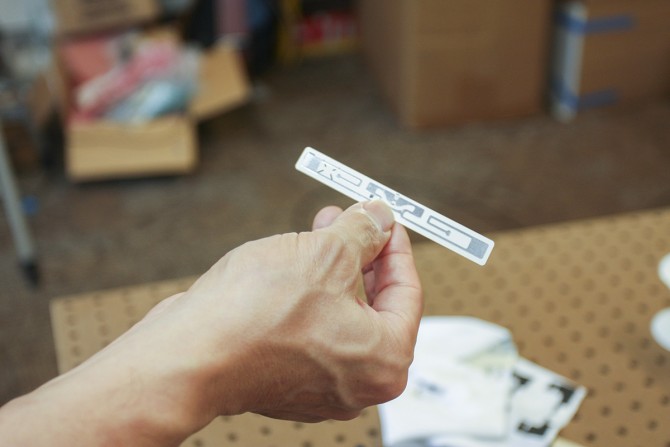By Gary Elinoff, contributing writer
Engineers at Cornell University have developed a method to receive moment-by-moment readings of heart and breath rates, as well as blood pressure, without pressure cuffs or stethoscopes. Instead, the patient wears a microchip tag, reminiscent of the more advanced RFID tags used by retailers to monitor merchandise. The tag can be carried in a shirt pocket or it might even be woven into clothing, and measurements can be taken continuously without any interaction between the patient and a health care provider.
Near-field coherent sensing (NCS)
An interrogating radio beam impinges on the tag and is split in two. Part of it powers the tiny electrical circuits within the chip. The other part, modified and multiplexed by the chip, is directed into the patient’s body, essentially from the chip itself, rather than from an interrogator. Thus, more of the wave finds its way into the body where it belongs, and there is less scattering to confuse measurement and signal interpretation. The comparatively low frequency of a bodily function, such as the tiny movements caused by the pulse, modulates the signal. Then the chip captures the returning radio waves, now carrying the sought after information, and sends the partially interpreted data back out to the interrogating device, which finishes the interpretation.

An RFID tag. Image source: Cornell University.
As pointed out by Cornell’s Edwin C. Kan, professor of electrical engineering and the project’s leader in an article published in Nature , previous methods based on far-field RF methods were able to successfully measure the relatively large physical motions that make up breathing. However, the smaller, subtler motions generated by the heartbeat are harder to monitor, and the more subtle still measurements necessary to monitor blood pressure were impossible to ascertain.
As a further bonus, the tag uniquely identifies its wearer, and according to Professor Kan, up to 200 individuals can be simultaneously monitored by one interrogating device. As noted by Kan in an article published by Cornell , “If this is an emergency room, everybody that comes in can wear these tags or can simply put tags in their front pockets, and everybody’s vital signs can be monitored at the same time. I’ll know exactly which person each of the vital signs belongs to.”
An unexpected benefit
Using this new technique to monitor a patient’s vital signs means that the patient never knows when or if he is being monitored. Thus, the well-known phenomena of “white coat hypertension ,” whereby an anxious patient’s blood pressure or pulse rate spikes because of the presence of the physician, is thereby eliminated. So not only will vital sign measurements be cheaper and more complete, but they will also ultimately be more accurate.
Advertisement
Learn more about Electronic Products Magazine





